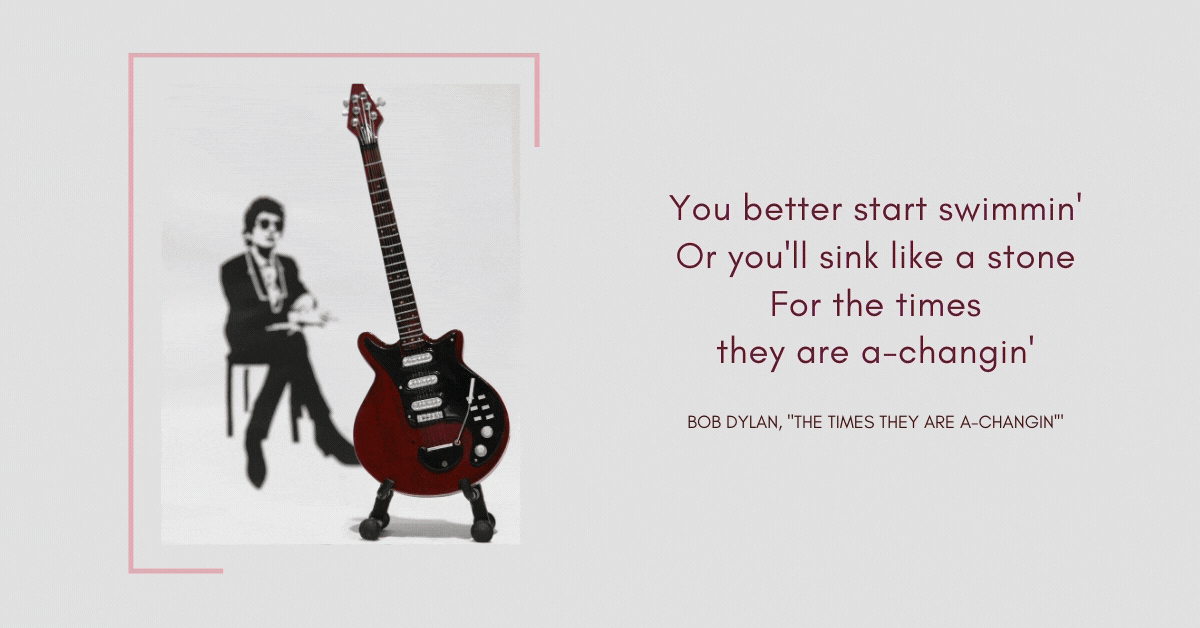
In more ways than one, business professionals are now faced with considerable change – offices are closed, meetings are remote, and the professional handshake has been replaced with a virtual wave from the other side of the screen – often in front of a virtual background!
In the words of Bob Dylan, “the times they are a-changing,” and sales professionals must learn to swim, or face the possibility of sinking like a stone.
Location, Location, Location
One of the greatest changes we have seen with virtual selling is the inevitable change in meeting location. No longer in a traditional office setting, location is now entirely dependent upon each participants environment and choice. This can range anywhere from your kitchen table to the captain’s seat on the Starship Enterprise. The choice is yours, so choose wisely.
Your background makes a strong statement about you. You are quite literally projecting an image, whether professional or otherwise, to your customer. So, make sure that your real or virtual background supports that image by being neat and clutter free, well-lit, and perhaps with a spark a personality.
Real vs. Virtual Backgrounds
Virtual selling offers a whole new avenue of creative control when it comes to selecting a backdrop for your next video call. But which should you choose? Here are some considerations:
The Benefits of Authenticity
You now have the opportunity to welcome clients and/or coworkers into your home, making sales calls more personal than ever before. Video meetings, whether held in your home office or at your kitchen table, can reveal quite a lot about you to your customer. Just as their background reveals a lot to you.
This can be a great advantage to sellers as it both humanizes you and levels the relationship. Instead of vendor-to-prospect, it becomes more human-to-human. Personal elements, like books, pictures, or furnishings, can stimulate conservations and deepen connections.
When to Use a Virtual Background
That being said, sometimes your home simply is not quite conference call ready! That’s the time to consider using a virtual background or green screen for personal privacy and professionalism. When might you want to consider a virtual background? Here are a few questions to help you decide:
Are you …
- Questioning if your background is too cluttered? (Hint: if you’re wondering, then yes, it probably is)
- Clashing with busy patterns, stripes, or artwork?
- In the middle of a home repair project?
- Providing TMI with your environment? (“Hello, bedroom Zoom callers! I’m talking to you!”)
- Anticipating scene-stealing pets or children?
In these cases, a virtual background may be your new best friend.
Considerations when using a Virtual Background
While a green screen allows you to have a little (professional) fun, keep it on the side of realism, i.e., the office of your dreams vs. the space station, or simply a backdrop that allows you to briefly live in a home that is not at the mercy of your children’s toys. In need of a little inspiration?
Pro tip: Canva has a wonderful selection of customizable backgrounds you can download for your next video call.
Be aware that overtly busy or fantastical backgrounds can present distractions that may detract from the overall quality of your presentation. Take, for example, a sales meeting that is suddenly taking place on a beautiful beach in the Caribbean. Selected with good intention, this beachy backdrop is now doing more for travel agencies than it is doing for your sales presentation.
When it comes to backgrounds, you are the star, and your background should quite literally be, “the background.”
You’re already competing for the sale, you don’t want to also be competing for the attention of your customers! So, select a backdrop that promotes your sales goals, not one that detracts from them.
Avoid Motion Blur
Another common problem seen when using virtual backgrounds or green screens is motion blur. This is when a presenter gestures or moves too quickly when in front of a green screen resulting in blurred elements. It is important to move slowly and with intention when using a green screen to avoid blurring or entire body parts disappearing into the background. Losing an entire hand is quite distracting, is it not?
Bottom Line: Take advantage of the benefits authentic or real backgrounds can provide whenever you can. If that’s not possible, virtual backgrounds are a great option as long as you choose one that supports you and your brand.